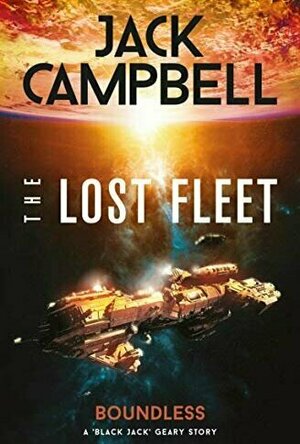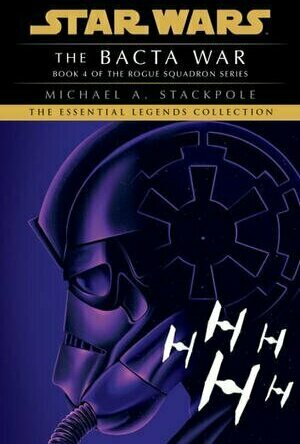
PlugFinder - Stromtankstellenfinder
Navigation and Utilities
App
Where can I find the nearest charging station for my electric car, pedelec, E-Bike or scooter?...
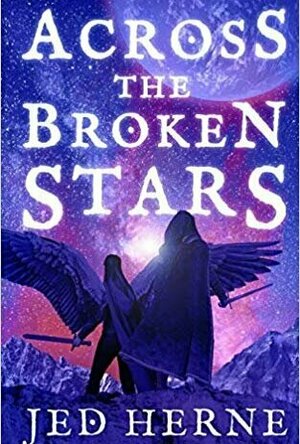
Across the Broken Stars
Book
Leon has a secret. He was once an angel – a winged warrior sworn to protect Paya, a realm where...

Doctor Who
TV Show Watch
`Doctor Who' is a classic science-fiction programme with a cult following. The Doctor is called a...
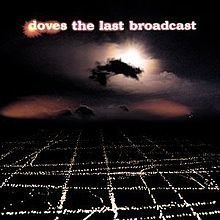
The Last Broadcast by Doves
Album
The Last Broadcast is the second studio album by British indie rock band Doves. The album was...
Doves album UK no1 indie rock post Britpop dream pop
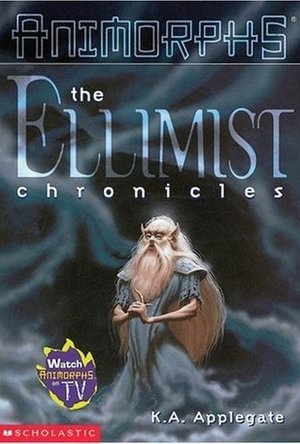
The Ellimist Chronicles (Animorphs, #47.5)
Book
He is called the Ellimist. A being with the ability to alter space and time. A being with a power...
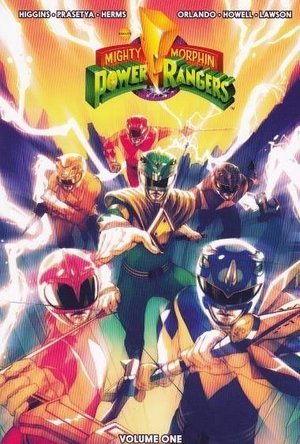
The Mighty Morphin Power Rangers - Volume One
Book
Green Ranger Year 1 The forecast in Angel Grove today calls for sunshine and a chance of......
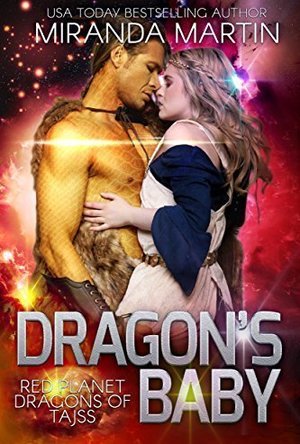
Dragon's baby
Book
Calista is happy with her life of scientific research. She has no need for a man, she has her books,...
David McK (3663 KP) rated Boundless (The Lost Fleet: Outlands, #1) in Books
Mar 11, 2023
For those who *have* read the previous aforementioned series, though?
You know what you're getting: more politics, more 'real time' space action and more intrigue, with Captain 'Jack Black' Geary surviving assassination attempts on his life and put in charge of a mission to contact the aliens known as 'The Dancers', who have popped up in previous novels.
More of the same, really, but sometimes that's no bad thing!
David McK (3663 KP) rated Star Wars X-Wing: The Bacta War in Books
Feb 22, 2025
Here' we're still following the exploits - mainly - of Corran Horn and his fellow X-Wing pilots, as they resign from The New Republic (at the end of the previous novel) in order to launch an all-out war on the Imperial dictator Ysanne Isard, who has now taken control of the planet Thyferra where the miracle healing agent Bacta originates from.
So, Top Gun in space, basically.
I still find these more enjoyable than the newer, post-Disney acquisition, novels such as [book:Alphabet Squadron|42207529]
Purple Phoenix Games (2266 KP) rated Millennial Manatees in Tabletop Games
Mar 11, 2021
Millennial Manatees is a worker-placement(ish) card(ish) game for one to four players. In it players are assuming roles of manatees tasked with paying off their identical student loan debt: 20 coins. The first player to make wise venture investments and create the best ROI will be crowned the winner! Please keep reading. This game is not at all a powerhouse economic simulation. It’s a fun game with manatees, avocado toast, and IT COMES IN A FANNY PACK.
DISCLAIMER: We were provided a copy of this game for the purposes of this review. This is a retail copy of the game, so what you see in these photos is exactly what would be received in your box fanny pack. I do not intend to cover every single rule included in the rulebook, but will describe the overall game flow and major rule set so that our readers may get a sense of how the game plays. For more in depth rules, you may purchase a copy online directly from the publisher (or Amazon if you wish) or from your FLGS. -T
To setup carefully empty the contents of the fanny pack game box(?) and unfold the game board. Upon it will be placed separated (but shuffled) face-up decks for Basic, Salty, and Big Mood venture cards. Next to these shuffle the Volunteer cards and place the deck face-down. Shuffle the remaining Manatee cards and place somewhere around the game board. Each player chooses a color of manatee and takes all the components matching its shirt color. Unlike the photo below place all “fanatee pack” tokens with the 7 coins side face-up and each player will start the game with three coins. The players will set their debt trackers at the starting position of the debt track, and the first player receives the avocado toast token. Yes, the big one you see below.
Each round begins with the avocado toast holder and continues around the table. The first player will place their manateeple (ooh I like that one) on any card or printed space on the game board. Options include: Basic, Salty, or Big Mood venture cards, Volunteer cards, Boomer Handout board space, Take the Toast board space, and Pay Back Student Debt board space. Once the current toast holder has placed their manateeple the next player may place on any other non-occupied space or card available. Note: the Pay Back Student Debt space is always available for any number of manateeples.
For the cost in coins printed on the cards, the Basic, Salty, and Big Mood venture cards can be purchased and placed in the player’s tableau of cards. This represents the player investing in certain business ventures in the hopes of earning more coins in the long run. Once a player has a venture card in front of them the card will specify how it will be activated and the benefit therein. Many cards allow the player to collect coins, but sometimes cards allow for stealing of other players’ coins or other nefarious doings.
The volunteer cards are drawn face-down and once read by the drawing player are kept face-down in their tableau until the proper game phase activates it or the player plays it to the discard pile.
Once a player decides they want to pay down their debt they will visit the Pay Back Student Debt space on the board. When they do this they will immediately use ALL coins they have earned and apply it directly to their debt by moving their tracker down the line by the amount paid.
By placing the manateeple on the Take the Toast space, that player simply takes the toast token and becomes the first player of the next round. By placing the manateeple on the Boomer Handout space the player will gain one coin during the Manatee phase.
The Manatee phase consists of the first player flipping the top card of the Manatee deck. Most of the cards in this deck are art depictions of manatees in different attire and hairstyles. When a Manatee card is flipped during this phase, all players reference any venture cards in their tableau to see if the manatee will trigger their card. For example, a manatee may be dressed in an orange shirt, wearing sunglasses, and holding a yoga mat. For those players whose venture cards are triggered by any of these items, their cards will bestow their benefits. There are two other types of cards in this deck as well, but I will let you experience these when you play.
Turns continue in this fashion of placing manateeples in unique spaces or cards, resolving any immediate effects, playing volunteer cards, flipping and resolving Manatee cards, and paying down student debt until one player has paid off the entire sum and wins the game! Then the hardest part of the game will commence: attempting to put all the components back in the fanny pack so that they are not damaged. Good luck.
Components. This game has some pretty spectacular components coupled with some really great art. Obviously, having a game packaged in a fanny pack is just delightful, even though I typically despise non-boxed games. Secondly, all the wooden manateeples and avocado toast tokens are just amazing to behold and handle. The cards are good quality and the game features incredible art throughout. I am a big fan of this art style – it is very cartoony and very cool. This theme is just perfection and the game that lies beneath the theme is very surprising.
I say the game beneath the great art and theme is surprising because I was completely not expecting to like this one as much as I do. At its heart it is a very light worker-placement game with hints of take that and based on using currency as victory points. I like all of those mechanics quite a bit, so combining these with aforementioned art and theme works for me on another level.
I feel this game is something I can bring out with almost any crowd of adults and have a smashing great time. There are so many little jokes packed into this little game that make me giggle every time I see them. And come on, a first player token that is avocado toast? It’s too good! I love all the colors assaulting my eyes, and I love all the hate-placement that happens, and I didn’t know that I love manatees as much as I now do.
Look, I am usually pretty positive about the games I play. But I also play a lot of stinkers. This one, thankfully, delivers a super fun game experience in an hour or less, even though the theme is absolutely ridiculous. But I also find that so charming. If you are looking for that special WOW game that is relatively light but incredibly satisfying to play, I strongly recommend checking out Millennial Manatees. Purple Phoenix Games gives this one 10 / 12 soy super americanos (is that a thing?). Display the pink fanny pack with pride next to all your super-serious games and watch as your visitors flock to it and ask what it is. Then play it with them and watch them fall in love as we did. I am very happy to now have this one in my collection.
